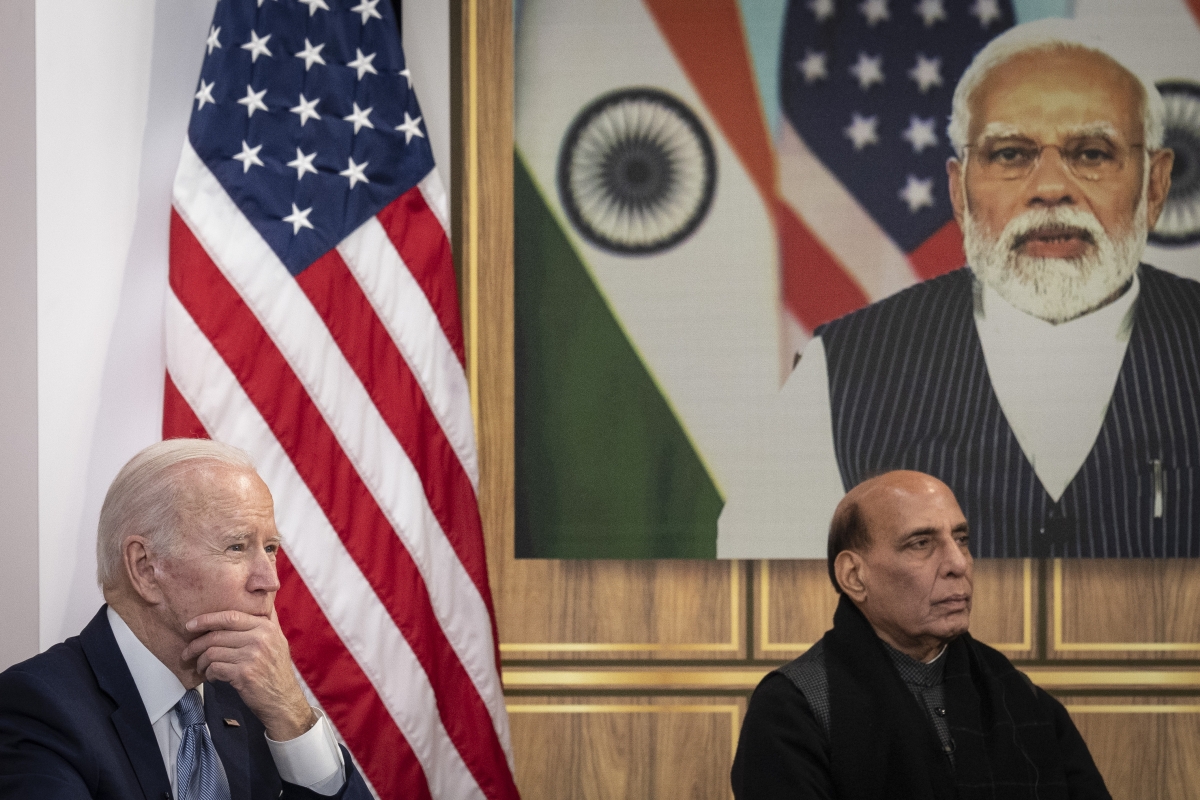It’s Time for America and India to Talk Trade
Foreign Affairs

Drew Angerer/Getty Images
The following is an excerpt of an op-ed co-authored by Naushad Forbes, Mohan Kumar, Kenneth l. Juster, and ASPI Vice President Wendy Cutler, originally published in Foreign Affairs.
With the war in Ukraine raging, news about the Indian-U.S. relationship tends to focus on Prime Minister Narendra Modi’s reluctance to criticize the Russian invasion. But the frustration the Biden administration has voiced over that position obscures the broader trajectory of the countries’ bilateral relationship: over the past 22 years, the United States and India have steadily widened and deepened their partnership to cover almost every area of human endeavor, ranging from defense and counterterrorism to health and education. There is, however, one area that has repeatedly caused friction: trade.
Flows of goods and services between the two countries are well below the levels one would expect for the largest and sixth-largest economies in the world, especially given their economic complementarities and the strong link created by members of the Indian diaspora in the United States. Out of context, the numbers look robust: trade between the United States and India has risen from approximately $19 billion in 2001 to almost $160 billion in 2021. But that represents only around two percent of total U.S. trade and just 12 percent of total Indian trade. Moreover, there have been frequent trade squabbles and nagging disputes between the two countries. These are due, in part, to long-standing U.S. concerns regarding market access in India and India’s sensitivities about agricultural imports and the access of its skilled professionals to the U.S. market.
The fact that efforts to advance the bilateral trade agenda have frequently fallen short does not mean either country should give up. Enhanced bilateral trade is important for growing both economies and providing long-term ballast to the U.S.-India partnership. To promote their commercial and strategic objectives, the two countries must also play a central role in developing the economic framework for a free and open Indo-Pacific. Failing to do so would provide opportunities for other countries, such as China, to create a trade order that would leave India and the United States on the outside looking in.
